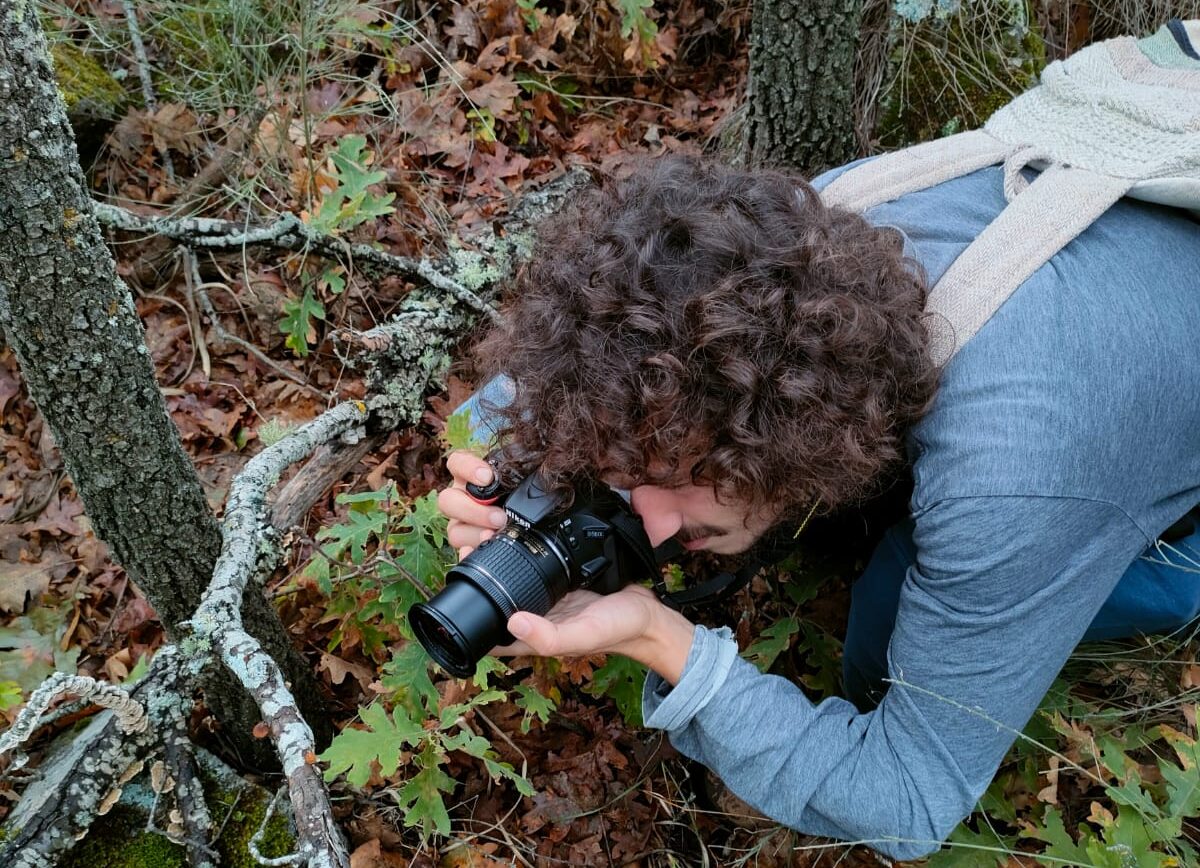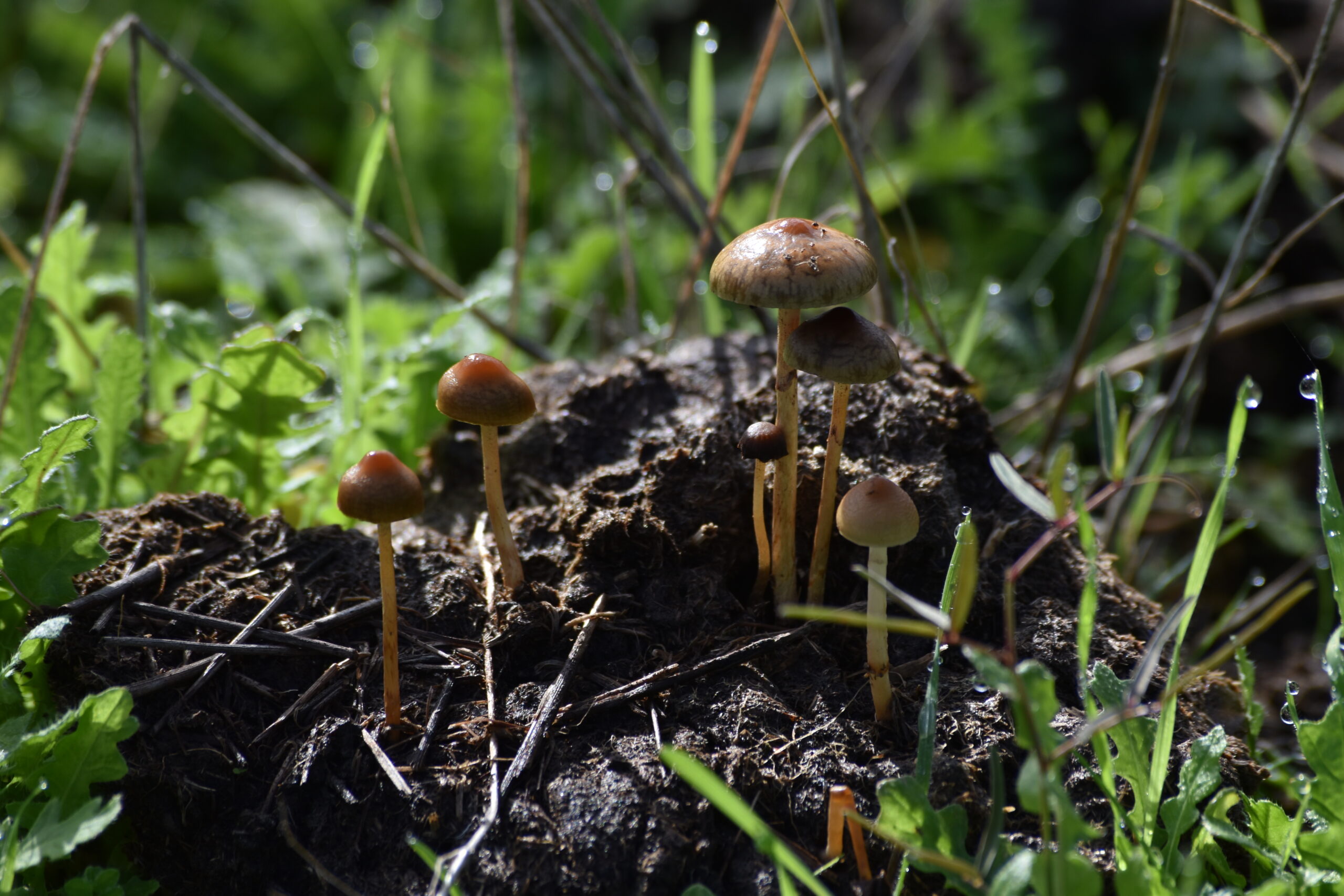Fungi are possibly the organisms with the greatest importance for ecosystems and for our life that we know the least about. They are the main decomposers in most terrestrial ecosystems, recycling organic matter in a wide variety of forms, from dead wood to animal carcasses, and allowing nutrient cycling to continue. They create soil and form symbioses with other organisms, mainly plants, and almost invisibly allow healthy forests to exist. Among various other roles, fungi have also been an important source of medicine and food for humans.

Like other regions of Europe, the Greater Côa Valley has a strong culture of mushroom collection and use, but this knowledge is focused on species with greater gastronomic value such as boletus (Boletus spp.), parasols (Macrolepiota procera) and “míscaros” (Tricholoma spp.), with other species going more or less unnoticed both in popular culture and in terms of scientific knowledge about areas of distribution and abundance.
Thanks to a happy coincidence, in 2022 it was possible to do a first survey of fungi in our rewilding areas. João Silva and Ricardo Vicente came to the Greater Côa Valley to participate as volunteers in our fire surveillance program. However, after an extremely dry and hot summer, a rainy beginning of autumn followed, which eliminated the risk of fires in the landscape. Being the last volunteers of the season and arriving on a particularly wet week, we pondered what other ways João and Ricardo could help us during their stay at the Rewilding Center. Unexpectedly, we discovered João Silva’s great knowledge and experience in mycology, the science that studies fungi. So, it was decided that during the following weeks these volunteers would get to know the rewilding areas of Ermo das Águias, Vale Carapito and Paul de Toirões, and document all the fungi species they could discover and identify.

João and Ricardo traveled through several habitats of the Greater Côa Valley, from oak woods and scrublands to riverside forests, meadows, and marshes. As a result, it was possible to confirm the presence of at least 104 species of fungi, most of them corresponding to fungi that produce fruiting bodies, the mushrooms, but also species that form lichens (consociation between a fungus and an algae) and coat the rocks and tree trunks of these places. Several of these observations correspond to uncommon species about which there is scarcely any information at the national level. The presence of Protostropharia luteonitens in Ermo das Águias, for example, is the first confirmed record in Portugal. This is a rare species, saprophytic (decomposing dead organic matter) and sometimes coprophytic (decomposing excrement), whose mushrooms can be observed in areas with woody debris and pastures. Another interesting record, this one in Vale Carapito, was that of Deconica montana, a species of cold zones that appears associated with mossy surfaces, having been previously observed in our country only in regions further north or with higher altitude.
Several specimens found are still awaiting identification by microscopy of the spores, which will be done soon, as well as the scientific publication of these data, but it is apparent that there is still much to discover about the mycological diversity of the Greater Côa Valley.